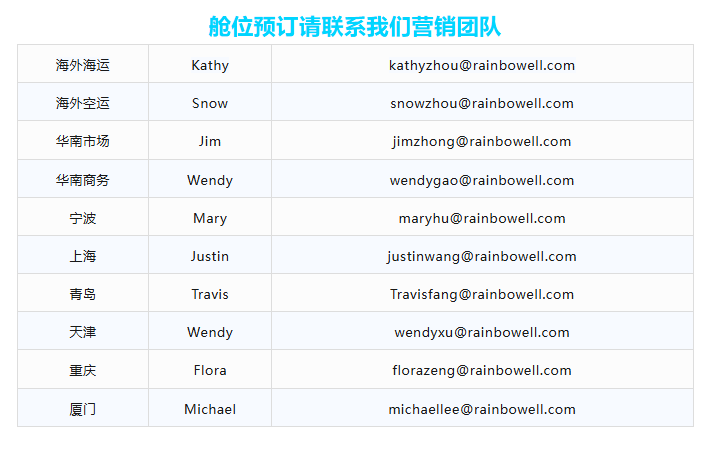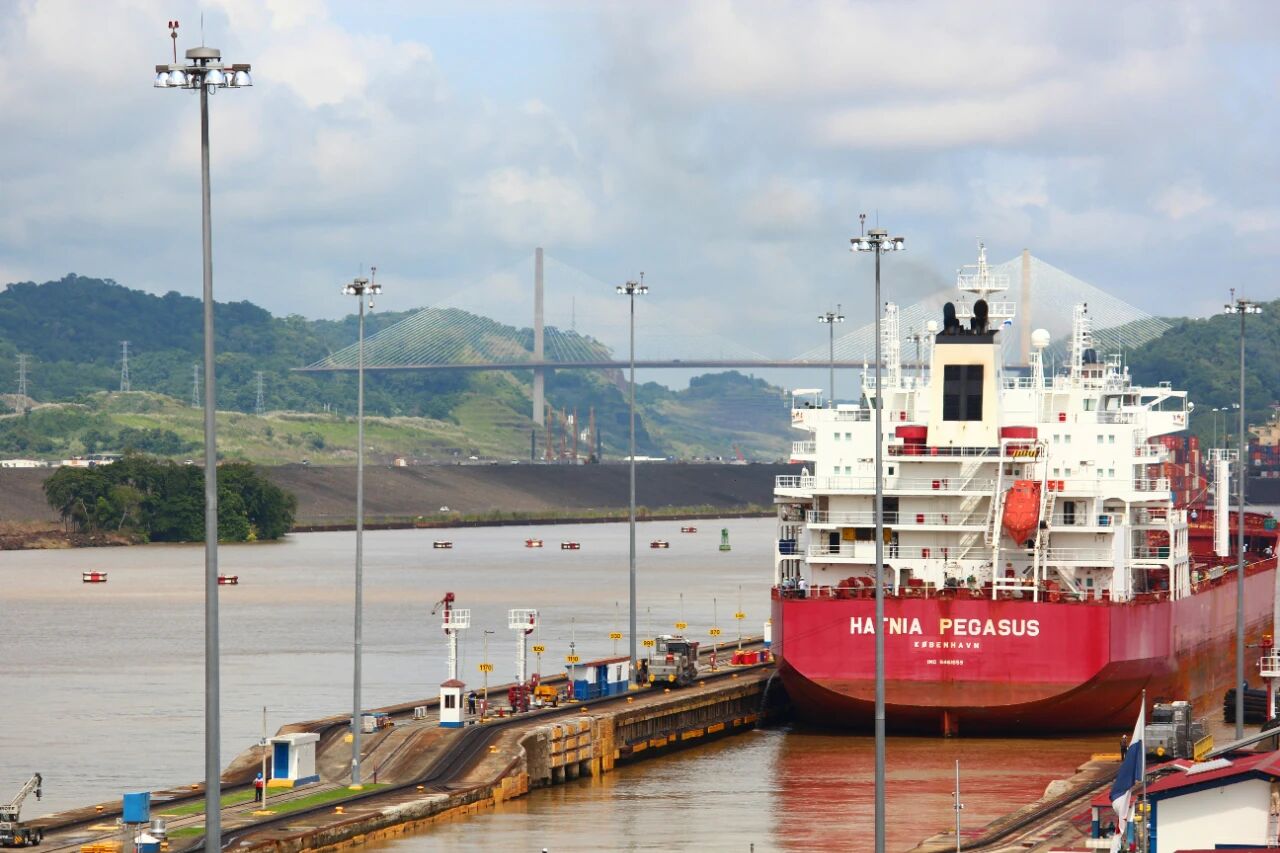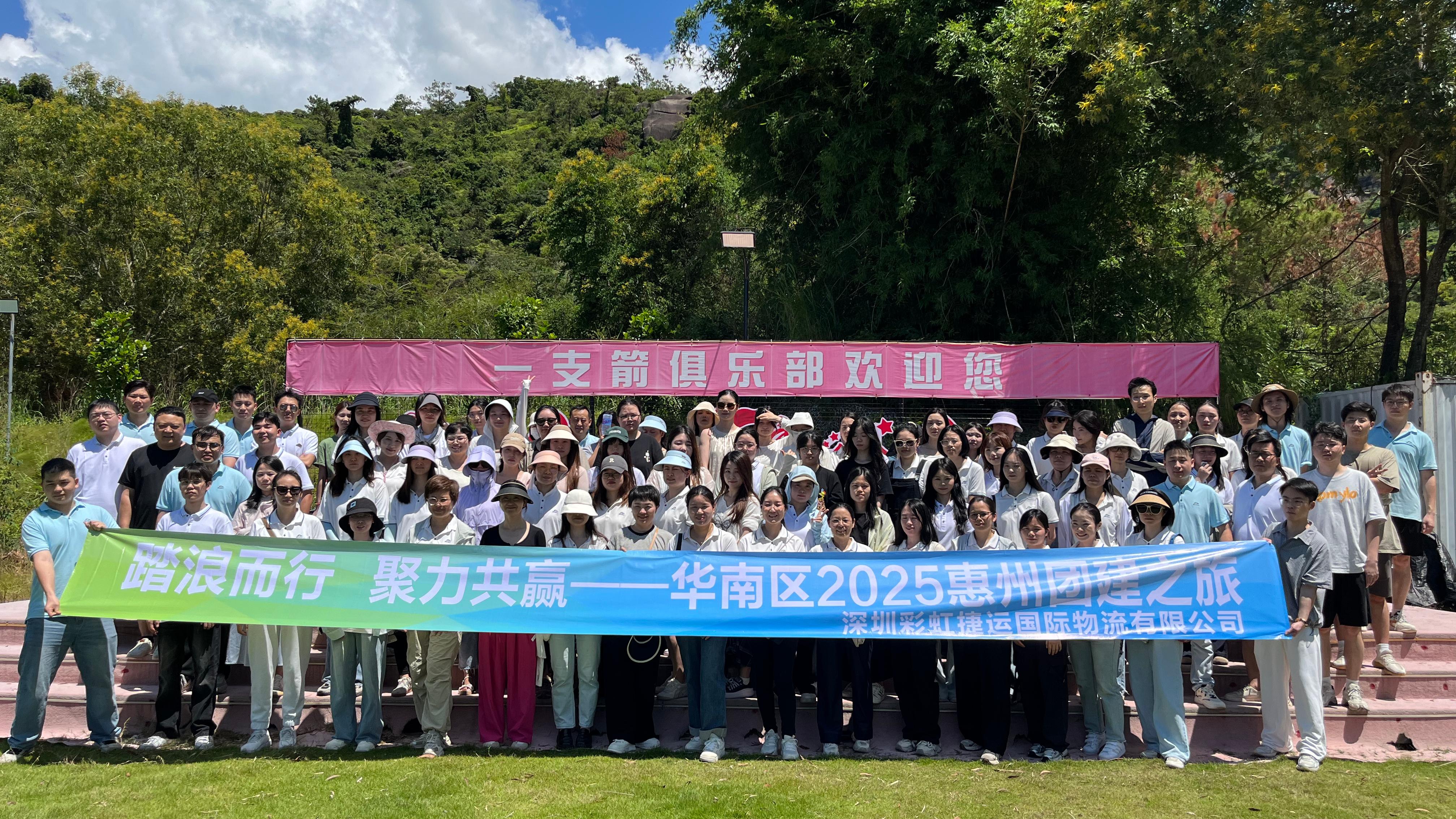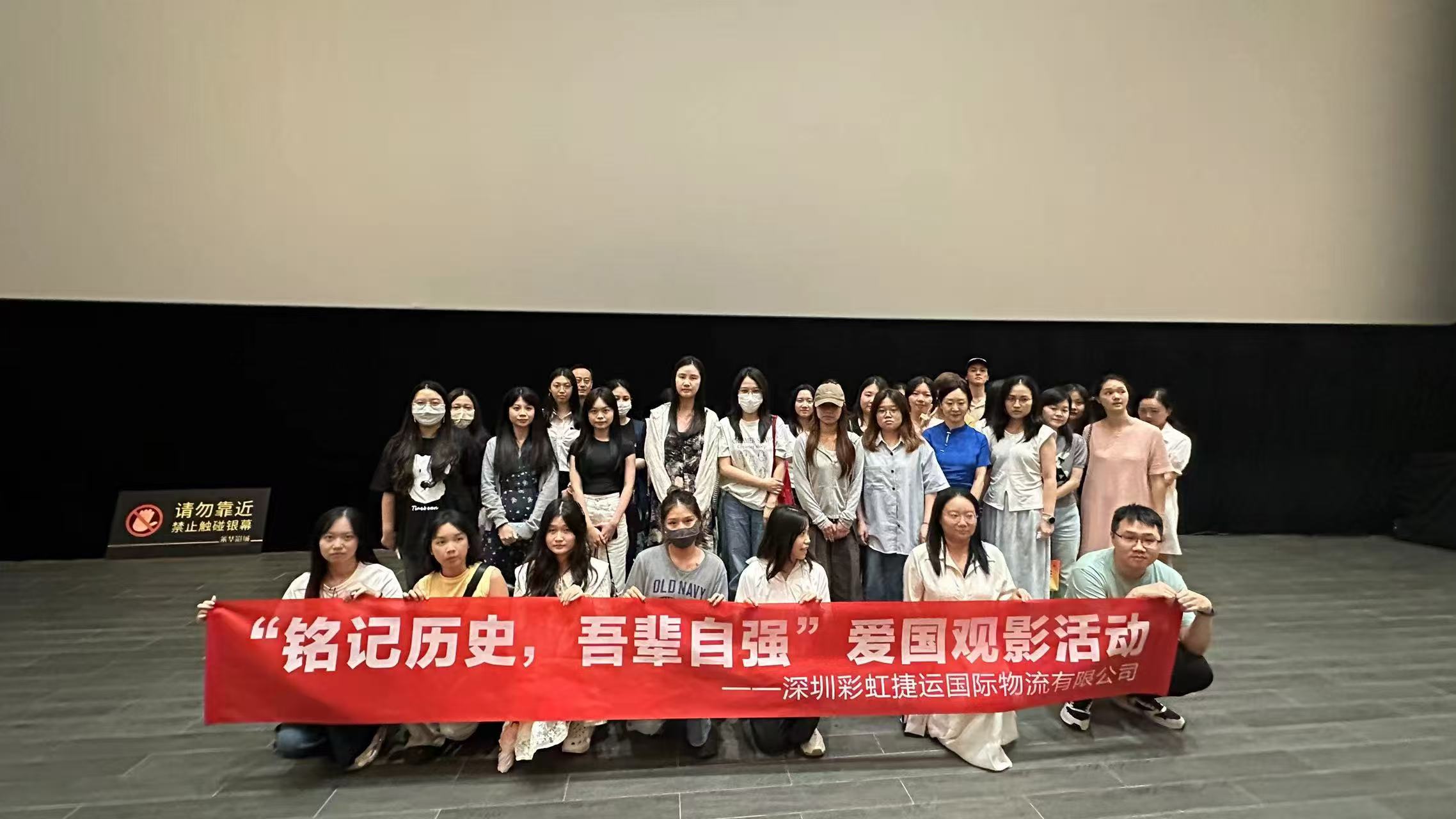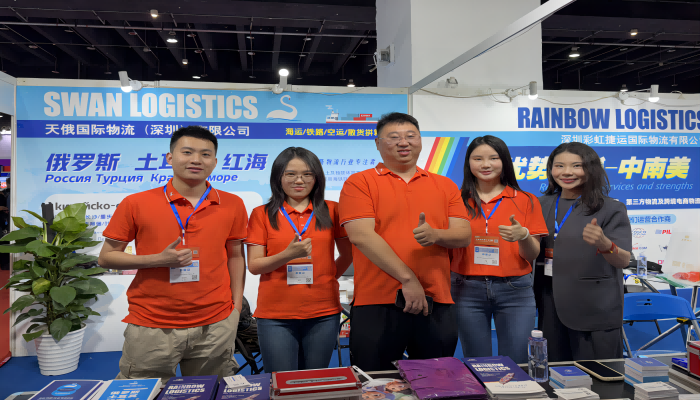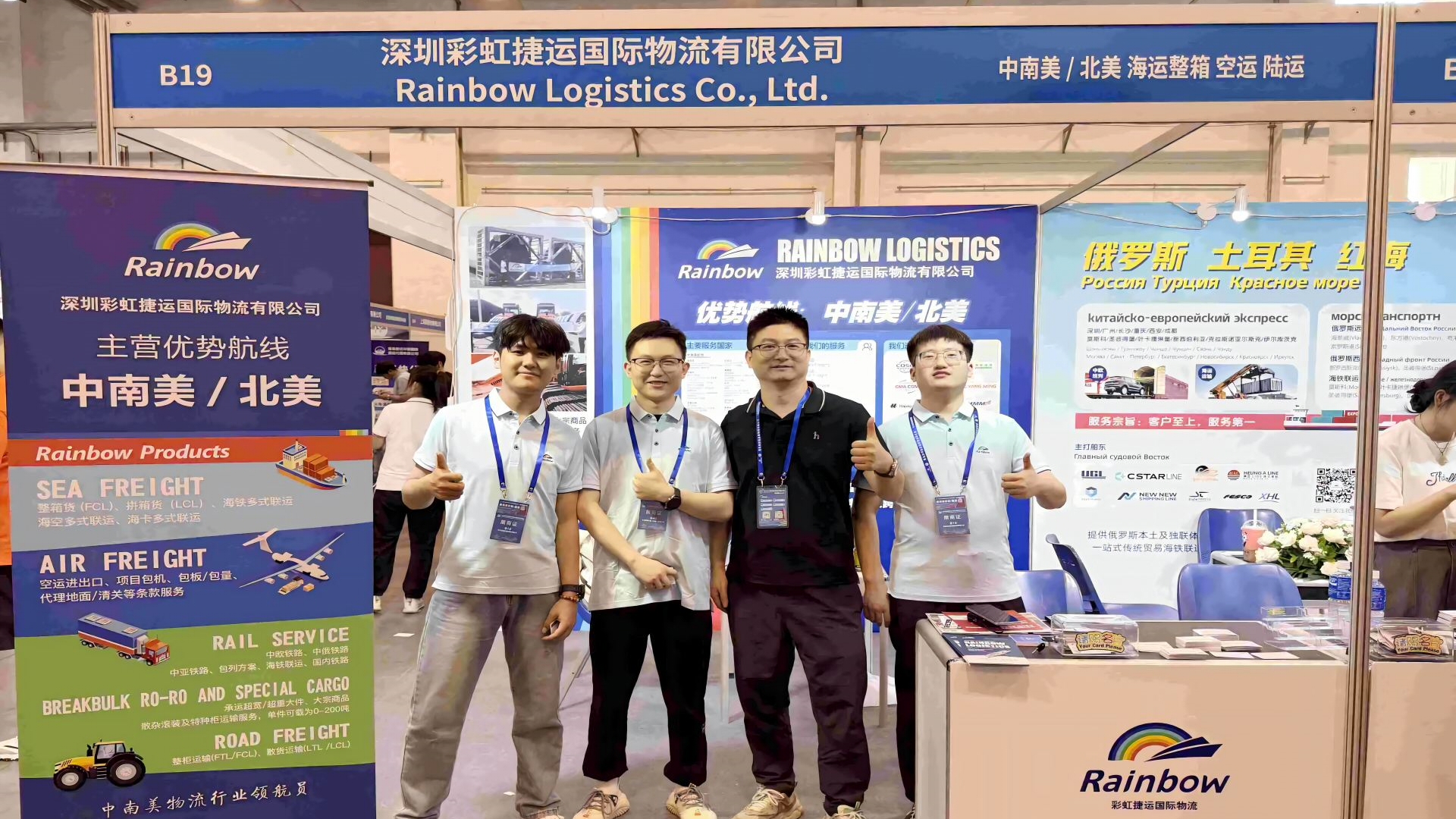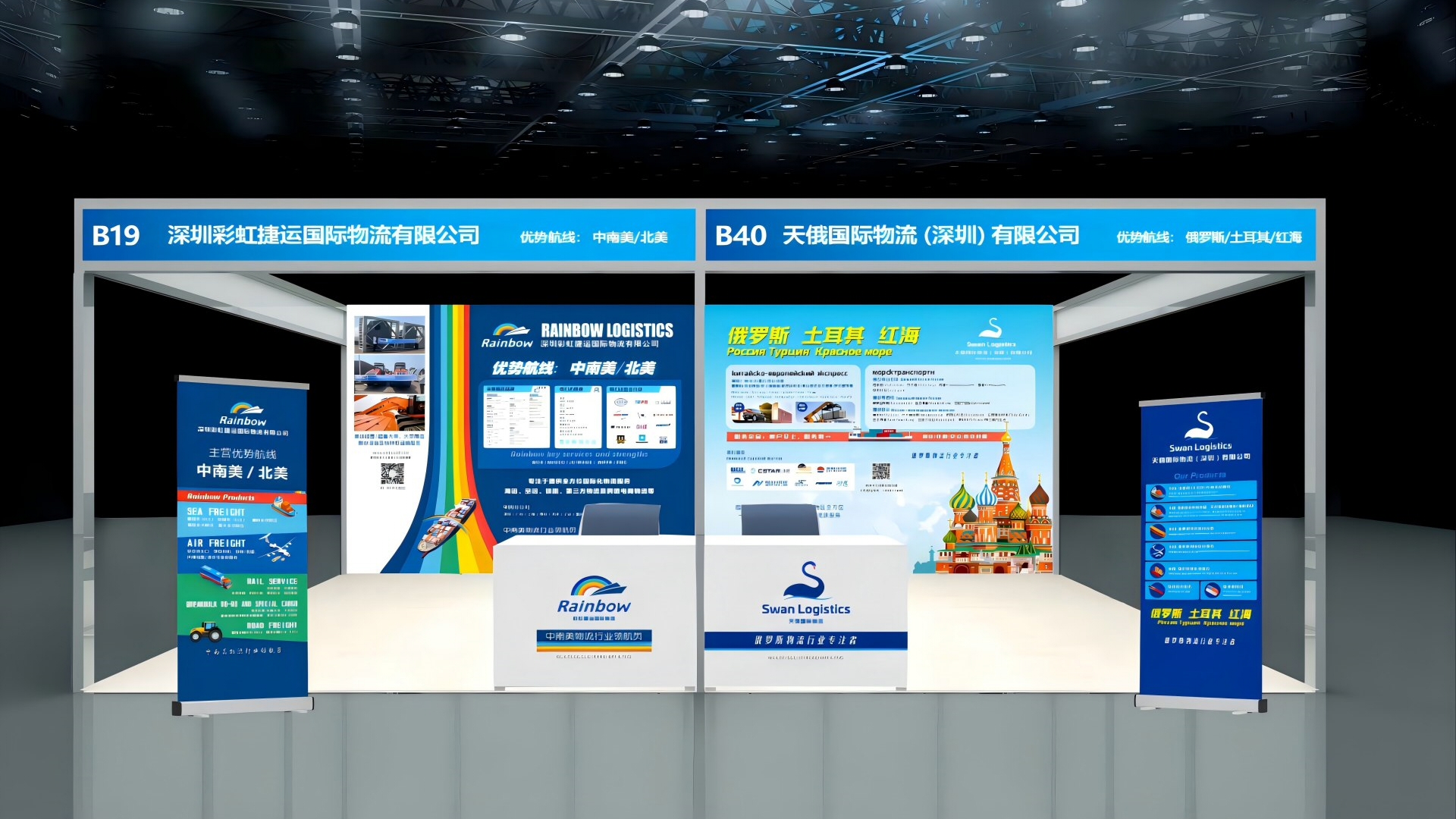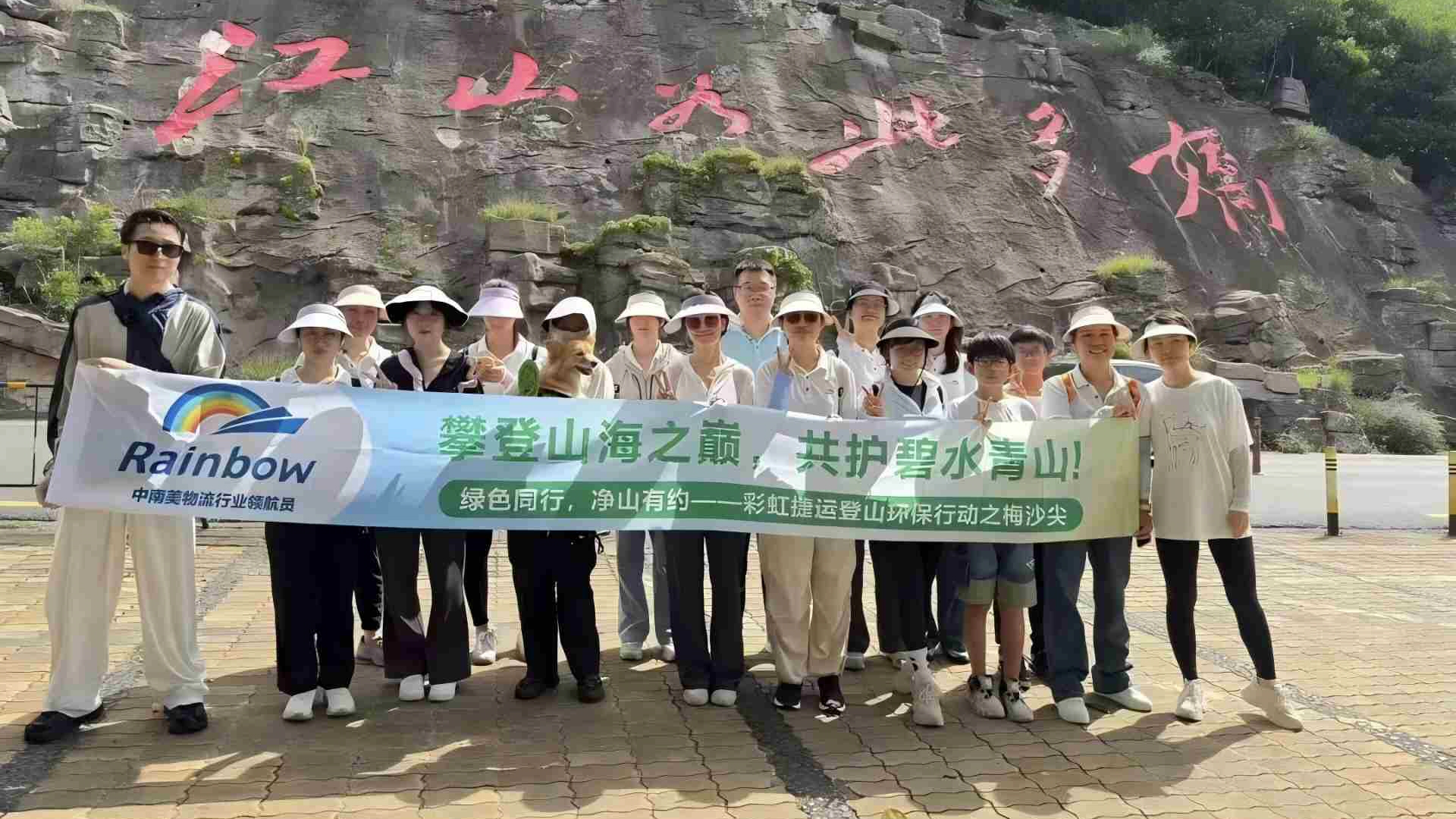Regarding the Central and South America route! The Panama Canal is about to implement a new inspection model, is your cargo ready?
According to the latest announcement from the Panama Canal Authority (ACP), the new Risk-Based Vessel Inspection Model will officially come into effect on October 1, 2025. This significant adjustment will directly impact the passage efficiency of all vessels transiting the canal, thereby affecting the transportation timeliness and operational processes of the China-South America shipping routes.
①Core changes in the new inspection model
| Item | New Mode Content |
|---|---|
| Implementation Time | Officially effective from October 1, 2025 |
| Inspection Nature | Mandatory on-site inspection (for all ships entering the waters under the jurisdiction of the Canal) |
| Inspection Subject | Panama Canal Measurers (ACP Surveyors) |
| Inspection Frequency | After the first inspection of each ship, the validity period is one year |
| Inspection Content | Ship draft, load line, water gauge measurement, equipment compliance, etc. |
| Technical Means | Introduce a digital inspection system and risk assessment model, and high-risk ships will be subject to key spot checks |
②Actual impact on the Central and South American routes
1. The time to cross the river may be extended due to on-site inspections increasing the waiting time for vessels at anchor, especially for first-time or high-risk rated ships, with an expected average increase of 4-8 hours or even longer.
2. Increased pressure on ship scheduling The inspection process may disrupt existing passage plans, prompting shipping companies to adjust speeds or delay departures, leading to increased uncertainty in the overall journey.
3. Potential additional costs If delays due to inspections result in extra anchorage fees, fuel costs, or port demurrage charges, these may be passed on to cargo owners through additional fees (such as GRI, PSS).
4. Higher compliance requirements The new model emphasizes 'risk assessment'; if a vessel has a history of delays or incomplete certifications, it will be classified as high-risk, and cargo owners are advised to confirm the compliance records of shipping companies in advance.
③Three to five suggested responses
1. Confirm shipping schedules and vessel information in advance. It is advisable to choose shipping companies with a good compliance record to avoid high-risk vessels. We can provide you with vessel risk assessment support.
2. Reserve a longer transportation time. For goods shipped to Central and South America after October, it is recommended to add a buffer of 3-5 days to the original transit time to avoid delays due to canal inspections affecting delivery.
3. Ensure accuracy in the bill of lading and declaration information. Any discrepancies may trigger additional verification. Please ensure: accurate declaration of goods weight (VGM); correct ship name, voyage number, and transshipment port information; complete and compliant declaration of hazardous materials.
4. Prioritize full container load (FCL) transportation. CL goods are usually transported on large container ships, which are in better condition, have higher compliance, and are less affected by inspections; LCL consolidated shipments involve multiple pieces of cargo, and the overall risk is slightly higher.
5. Choose logistics partners with relevant experience. Keep track of official ACP updates in real-time; maintain frequent communication with shipping companies; provide alternative routing suggestions (such as transshipment in Mexico); proactively alert clients at major milestones.
